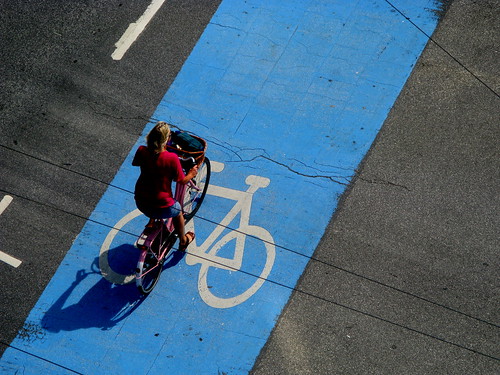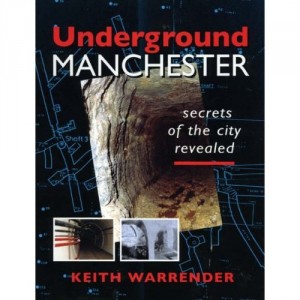The NO vote forbidding the building of Minarets in Switzerland raises interesting questions. Surely,
European liberal democracies can deal with the spatial expressions of inter-multi-cosmo-culturalism.
Neither Mohammed caricatures nor Minarets should disappear from the European visual landscapes of the
21st century.
It would be wrong to protect Christian (and neo-liberal) skylines from multi-cultural realities. Every
European nation has a substantial Muslim minority with ‘a right to the sky’. However, it is also wrong
to assume that the Swiss NO vote was entirely fuelled by reactionary feelings against ‘otherness’ and
‘difference’. Rather, the support of the NO campaign by left leaning intellectuals and feminists points
towards an increasing unease with draconian political correctness that has closed debates and curtailed
freedoms of expression. A critical perspective on multiculturalism is not bound to be informed by
rightwing ideology.

Minaret in Switzerland
Traditionally, sacred buildings dominated European cities and villages. Church towers presided over and
rhythmically regulated the every-day. In modern capitalist space, the chimneys of industrial production
and the skyscrapers of corporate capital replaced these. Manchester’s cathedral, for instance, is
dwarfed by the CIS tower and even Strangeways Prison has a stronger presence among the city’s rooftops.
In recent years, religious symbols have become increasingly present again in public space. Different
faith groups and communities living in our towns and cities have also the right to shape physical urban
environments. These demands raised concerns that size does matter. Do dimensions correspond to faith
groups? How high is too phallic? When is the call for prayer a form of noise pollution? Are new sacred
buildings (and other religious expressions) symbols of political power assuming an increasingly
intimidating grip on liberal society?

New Synagogue in Berlin
In the heat of these discussions, one should not lose sight of the aesthetic value of religious
architecture and its capacity to create diverse and attractive urban spaces. Historic examples include
the New Synagogue in Berlin’s Oranienburger Strasse and La Grande Mosqée de Paris . Both attract
thousands of tourists every year. The Great Mosque in Cologne, planned to be Europe’s biggest house of
Muslim worship, will combine contemporary architecture with Islamic aesthetics and might rival the
Gothic dome as a tourist attraction.
The debate surrounding inter-ethnic city started with considerable delay and the pluralistic European
space remains to be put in brick and mortar. The line between threatening and enriching is slippery and
height is not its only frontier.





